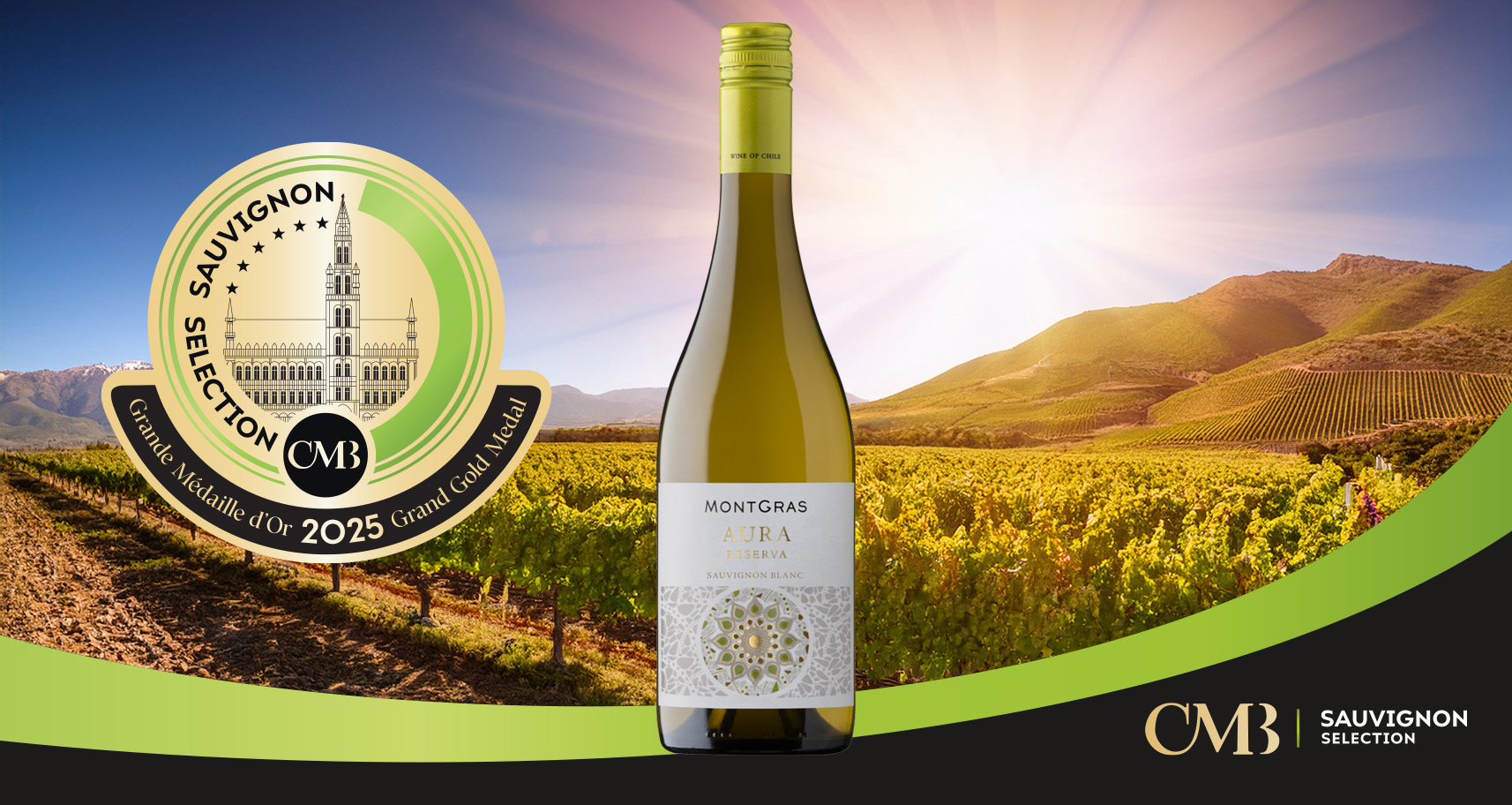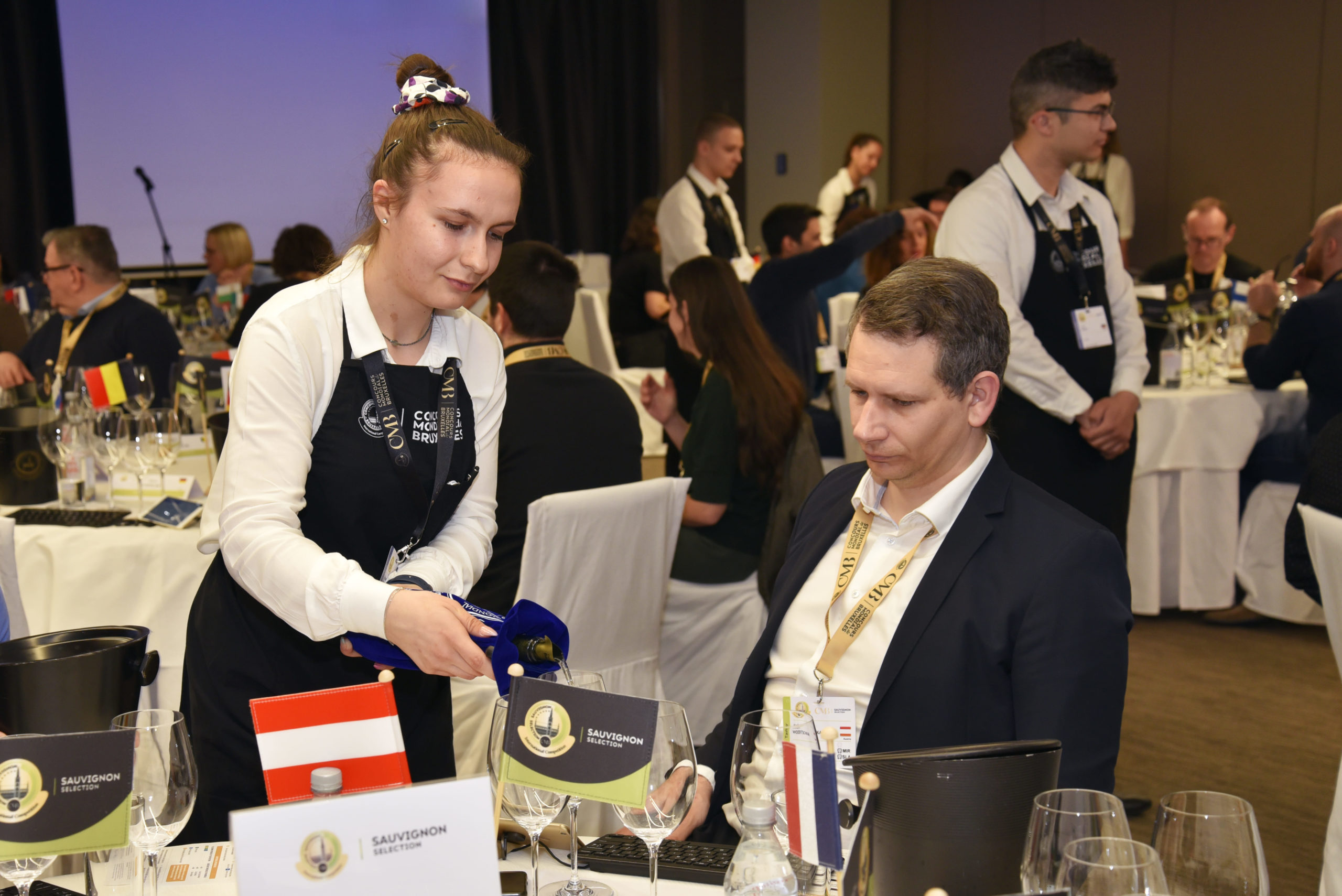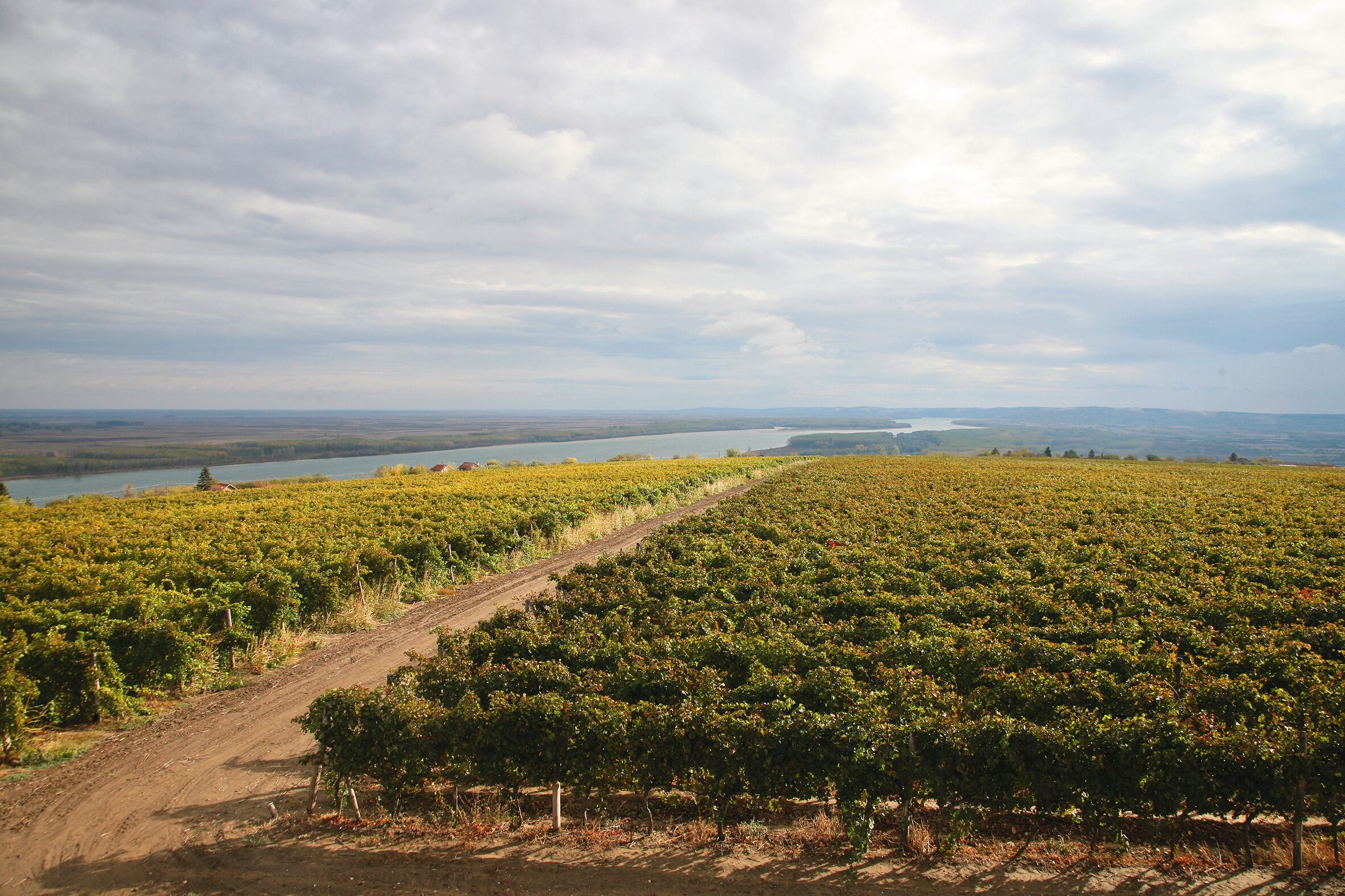Sauvignon Blanc like we’ve never seen before…
© Paul J. White
Ever wondered what Sauvignon Blanc might have tasted like 6,000 years ago? Or how about Sauvignon Blanc behaving more like red wine? Dr Paul White explores Sauvignon’s newest frontiers.
Although Sauvignon didn’t exist thousands of years ago, terracotta pots like those that fermented and aged ancient wine have continued in use up to modern times in isolated parts of Georgia, Spain and Portugal. Recently this ‘new’ ancient technology has undergone a revolutionary rebirth in modern wineries throughout Europe and, as far afield as Oregon, New Zealand, South Africa and Chile. These old-style clay pots are now reshaping our previous conceptions of mainstream grapes throughout the world, including Sauvignon Blanc.
All this slots perfectly into the growing rebellion against the heavy, over-oaked, paint-by-number wine styles that have dominated winemaking over the last 50-60 years globally. Tired out by oak’s intrusive flavors, aromas and woody tannins, many consumers and winemakers are looking elsewhere for more varietal purity and focus.
This, in turn, has opened up entirely different approaches to winemaking. Some winemakers have returned to traditional, large-format, 1000+ liter, neutral wood barrels or massive, early 20th century, concrete tanks. Others have adopted the biodynamic-inspired, concrete-composite egg. While others have followed the ‘Natural’ wine movement’s non-interventionist, no/low-sulphur philosophy or delved into ‘Orange’ tinged white wine.
Although terracotta pot winemaking (inaccurately called amphora) is well suited to natural winemaking, it also can have nothing to do with any of it. Viewed purely for its technology, it improves on stainless steel and oak barrel winemaking advantages while reducing their disadvantages.
Whereas stainless steel fermentation accentuates varietal purity, it tends toward unpleasant raw edged acidity and undeveloped textures. Similarly double-sided, oak barrel fermentation does allow oxygenation to soften the structural sharpness of young raw wine and accelerate integration of textures and flavors, but it can produce intrusive flavors and oaky tannins which obscure and distort varietal character.
This is where clay pot winemaking steps in brilliantly, offering oak’s oxygen tempering without additional flavorings or tannins. Wine characters are derived purely from the grape, the whole grape and nothing but the grape.
Sauvignon blanc chosen for its stand-alone qualities
Chad Stock of Oregon’s Craft Wine Co. makes Sauvignon in 60-gallon (272-litre), locally-made, terracotta similar to traditional Spanish Tinaja pots. He specifically singled out Sauvignon Blanc because clay requires a grape variety ‘that can stand alone’, making a ‘complete wine on its own merits.’
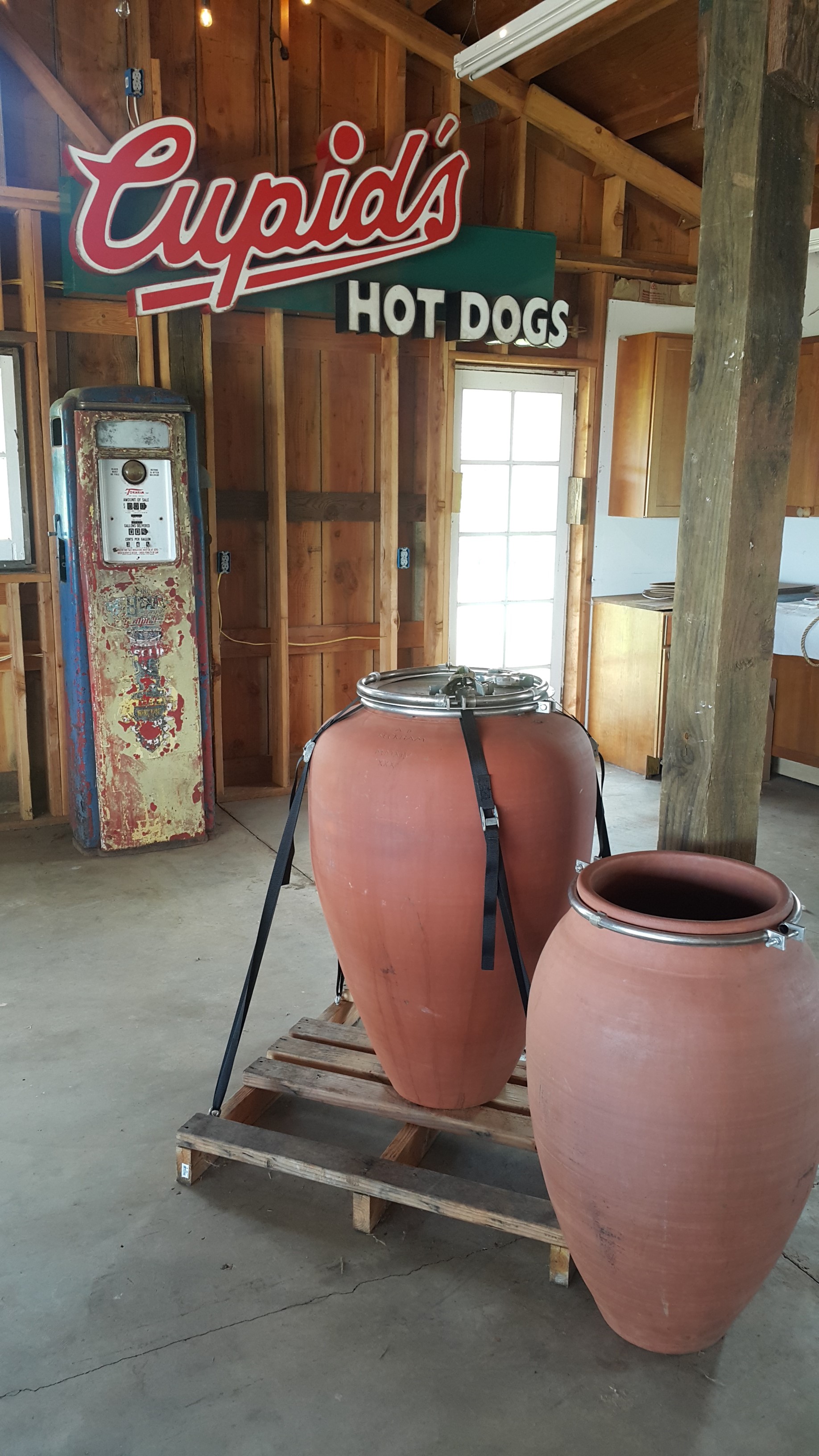 Oregon made, Beckham ‘Tinajas’ used by Chad Stock. © Paul J. White
Oregon made, Beckham ‘Tinajas’ used by Chad Stock. © Paul J. White
Grapes are destemmed and fermented on skins for 5-6 months. This maceration – much, much longer than for red wines — infuses the wine with intense varietal character, but also equally intense skin tannins. Combined with Sauvignon’s high acidity, the wine’s structure would be unapproachable for years, maybe decades, were it not for terracotta’s natural porosity. Micro-oxygen infusion, at 2-4 times that of oak, acts like supercharged, barrel fermentation.
Because Stock also produces wine in stainless steel, various sizes of old oak barrels and cement eggs, his experience offers an excellent comparison between how all these fermentation vessels impact style and character.
“Clay gives the best of everything”
Wines fermented in stainless steel, Stock finds, ‘turn out hard on the palate, they are the most backwards, tannins abrupt, more subdued aromas and higher alcohols.’
Whereas cement eggs produce ‘the softest texture’ by lowering acidity, but sometimes texture ‘gets too broad on the palate.’ He prefers their fruit expression compared to stainless, ‘but the wines are too loose, as if to over-correct the hard edges of the stainless steel version.’
‘Clay,’ he feels, ‘gives the best of everything. Not softer tannin than stainless, just way more integration, so you have the structure that props the wine up helping it to remain linear and firm.’ He senses an increase in the perception of both acidity and minerality, as the bitterness of skin ‘tannins and acid conflict with each other in a perfect unison.’ He believes ‘bitterness and perception of minerality are linked.’
Observing that ‘older oak barrels bring additional character to most wines and they benefit from that,’ he sees clay giving ‘very little, it just allows the wine to come into focus.’ Hence the need for a grape variety with ‘a dynamic flavor and aroma profile’ full of ‘savory, fruity, floral, green, reductive, and other complexities.’ ‘High tannin and acidic varieties,’ have ‘structural qualities that can withstand the aging conditions’ in clay. Sauvignon blanc,’ he finds, ‘does this incredibly well.’
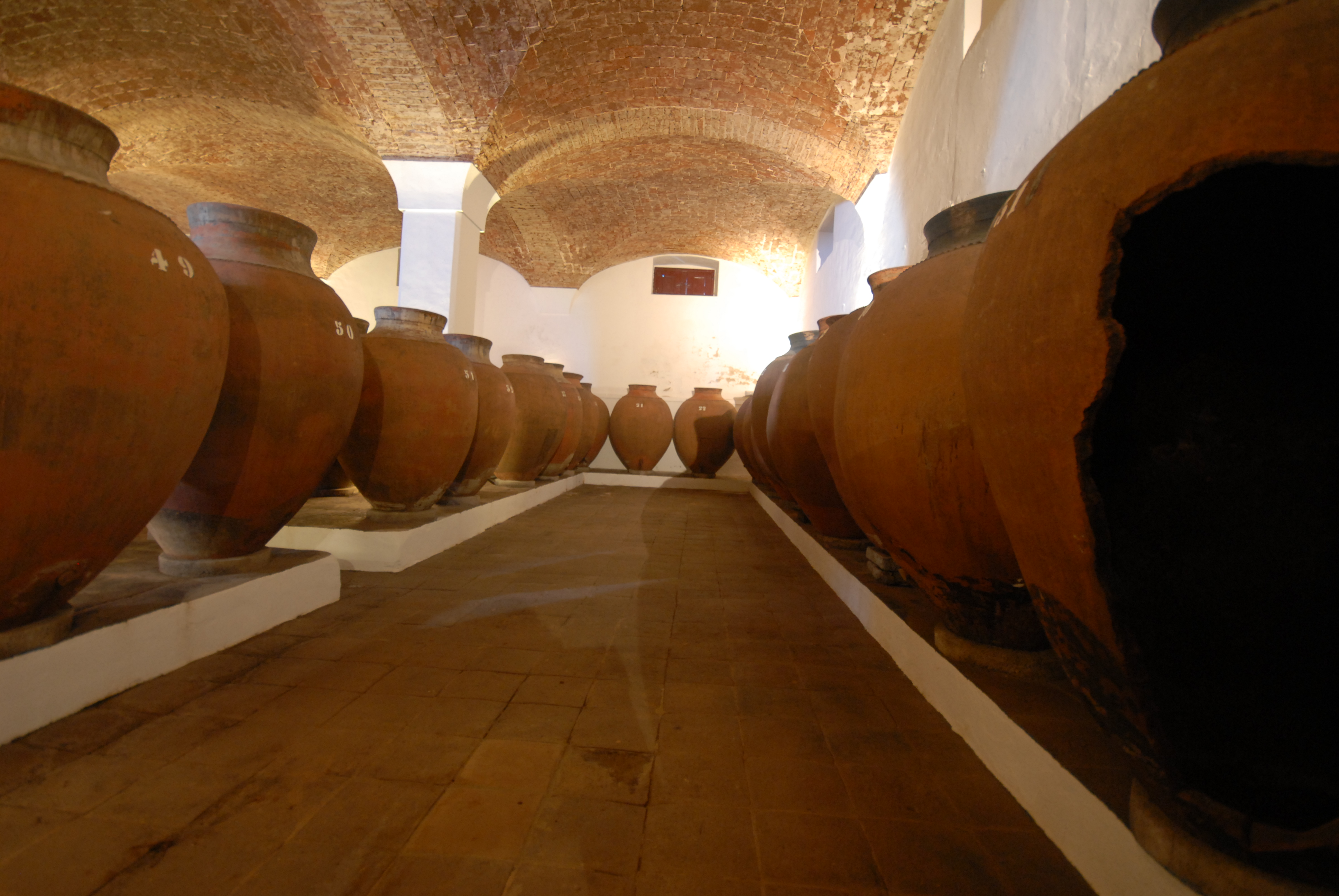 Traditional ‘Talha’ pots in cellar at Jose da Sousa, Altentejo © Paul J. White
Traditional ‘Talha’ pots in cellar at Jose da Sousa, Altentejo © Paul J. White
A work in progress
Stock’s Minimus Sauvignon Blanc 2015 is easily one of the most fascinating, if not wildest, sauvignons on earth today. Almost amber gold, it is purposefully cloudy to keep flavors suspended within texture. Although from cool climate Oregon fruit, no pyrazines are evident. Lacking tart citrus characters, aromas are subtle, more like canned pears and peaches with just the faintest, initial hint of fresh baby leafed tarragon herbal notes in the background. Airing develops this into broader, fresh flower stem florals with traces of thyme and bunches of fresh tarragon. Similar flavors follow through a dense, deeply viscous texture. Slashed through with taut acidity, the wine is absolutely bone dry. With further airing, skin tannins emerge, then blend back in, fining out textures that taper into a pleasantly tart bitterness and pointed finish. This is SB like nothing seen before.
Although a work still in progress, Stock, sums up his experience so far: ‘I have had no failures in the clay, just better versions than previous batches, meaning some wines are better than others, but the worst versions were still quite tasty.’
